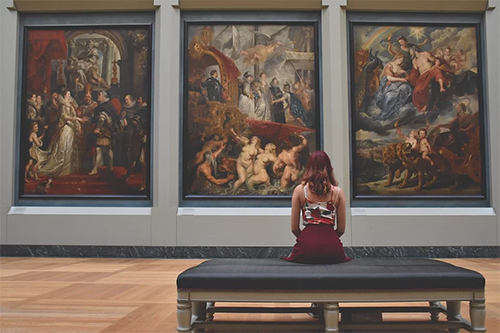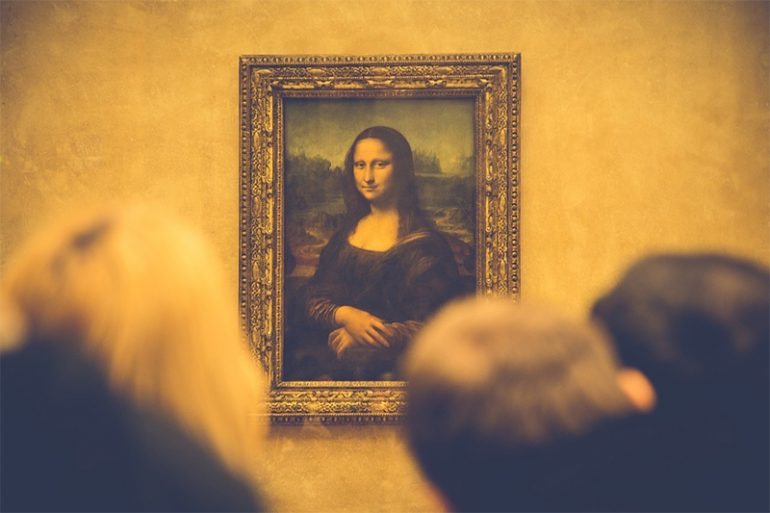When you invest in something, you are planning to optimize your return on that particular investment, even with a given risk. The reality is, all financial investments are a matter of balance between risk and return – investing in art is one of them. If you are planning to invest in some cool artwork, you have to ask yourself these two essential questions: “What is the potential rate of return and what the possible risks are?” Knowing the answer to these questions will help you get the most out of your art investment. If you want to thrive as an art investor, here are several things that you should be aware of:
Rate of Return
Solving the rate of return for an art investment is pretty challenging. The difficulty lies in fabricating a performance index that will precisely depict the movement in the costs of art. Investment-worthy art is those that you find in major auction houses, not the one offered at a downtown gallery. Generally, this criterion isn’t constant. But there are few indexes that are specially curated to calculate the changes in the prices of art. One of the most reputable indexes for investment-grade art is Mei Moses All-Art Index. It was created by two professors from New York University, and it is hailed as the most trustworthy guide for art price fluctuations.
Asset Diversification
One fundamental assumption when it comes to financial management is that asset diversification can decrease the total risk of assets portfolio. Adding the latest financial assets to any portfolio can minimize risks, specifically if the latest asset’s performance does not directly complement to the other assets in the portfolio. Though price fluctuations of fine art and stocks usually correlate, they are not always in harmony.

Tax Advantages
Basically, long-term profits have lower tax rates compared to standard salary. Also, an art portfolio provides potential tax advantages once the owner decides to donate the art to qualified charities, like museums. With regard to this, fine art assets can also play an essential role in someone’s estate planning. This is because the latest tax schedules could work again, benefiting the tax advantages of individuals with art assets.
Collecting Art is Rewarding
Aside from the things mentioned above, there are other benefits that you can get from investing in art – the rewarding feeling of collecting and showcasing an art collection. Though some might say that if you are planning to collect art, you might as well do it for the money. However, this is a dangerous mindset. Investors make a profit in art by selling it to collectors – not vice another way around. The joy of collecting art is still one of the collector’s greatest pleasures in life.
Conclusion
So, why should you pursue art investment? The most convincing reason might be art investment is a long-term ground plan. When you combine potential financial profit from collecting art – with the emotional satisfaction of owning and exhibiting the art, make the art investment a very profitable hobby.
Photo Attribution:
1st and Featured image from https://pixabay.com/photos/mona-lisa-painting-art-690203/
2nd image from https://pixabay.com/photos/woman-art-creative-relaxation-girl-1283009/
